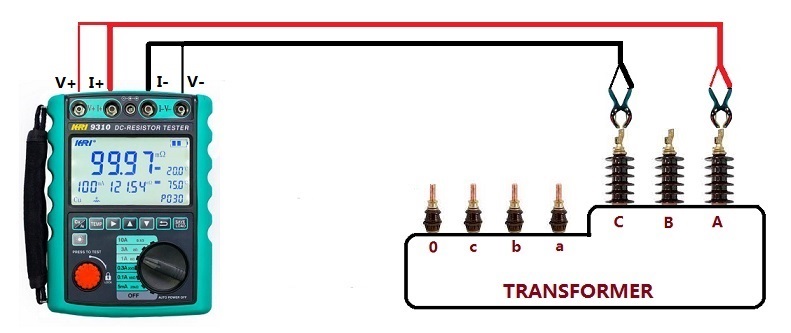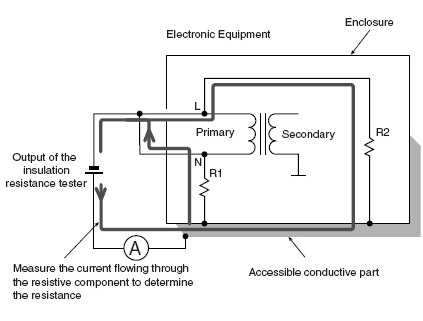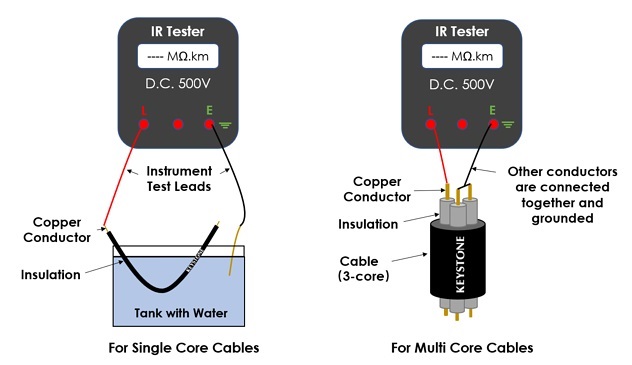What is the Difference between DC Resistance and Insulation Resistance and How to Test Them?
1. DC resistance
The DC resistance is the inherent static resistance of the conductor, the resistance applied to the object by applying a certain amount of DC current to the object, the resistance is calculated according to Ohm's law, the resistance is called DC resistance, and the unit is ohm (Ω). For example, the DC resistance can be used to measure the coil resistance of the transformer, the winding of the transformer, the DC resistance of the wire, etc.
The purpose of measuring DC resistance is to check the quality of the windings or coils of electrical equipment such as transformers and motors and the integrity of the loop, so as to find wire breakage, joint welding, contact and other reasons caused by mechanical stress caused by vibration during manufacturing or operation. defects, short circuit between turns, etc. In addition, when the temperature rise test is performed on the transformer, it is also necessary to convert the temperature value under the corresponding load according to the DC resistance value under different loads.


2. Insulation resistance
Compared with DC resistance, insulation resistance has more uses, and insulation resistance is used everywhere in power systems.
Insulation resistance is used to measure the resistance value of the insulation strength of large transformers, transformers, generators, high-voltage motors, power capacitors, equipment such as power cables and arresters.
The purpose of measuring insulation resistance is to find foreign objects that affect insulation in the conductive part of electrical equipment, partial or overall insulation dampness and dirt, serious deterioration of insulating oil, insulation breakdown and serious thermal aging and other defects.
The purpose of measuring the insulation resistance of a transformer is to test the integrity of the winding insulation, better insulation means lower leakage current and better operational performance and safety. Because the insulation resistance is very high, a higher voltage level insulation resistance tester is generally selected to measure insulation resistance

3. The difference between DC resistance and insulation resistance
Both DC resistance and insulation resistance are based on Ohm's law. DC resistance is used to solve the measurement of inductive load resistance. Insulation resistance is a special tool to solve the degree of insulation.
From the measurement results of the two resistances, the smaller the DC resistance, the better the insulation resistance, and the larger the insulation resistance, the better. The necessary connection between the two is to create two different test functions using the same measurement principle.
4. Differences in testing methods
The DC resistance is measured by the bridge method and the amperometric method. The measurement range of the bridge method is relatively narrow. It is divided into the single-arm bridge method and the double-arm bridge method. When the resistance value of the wire and cable is about 1 or more, the single-arm bridge method is used; when the resistance value is less than 1, the double-arm bridge method is used bridge method. The principle of the current method is to use a constant current source to output different constant currents according to the resistance value of the wire and cable.
Insulation resistance detection generally adopts the voltage current method. For the insulation resistance measurement of wires and cables with metal protective sheaths, most of them measure the insulation resistance between the conductor and the shielding layer; for wires and cables without metal sheaths, when measuring the insulation resistance value, the measured wire and cable must be immersed in water, and then measure the insulation resistance between the conductor and the water.

Kingrun Transformer Instrument Co.,Ltd.


More Transformer Testers from Kingrun







